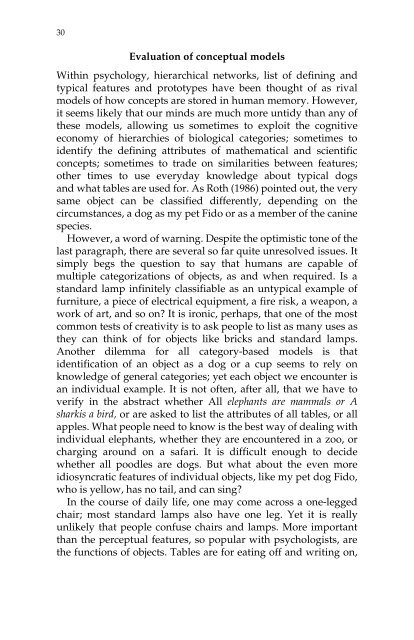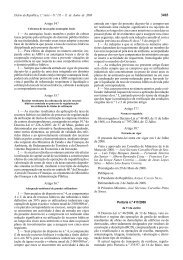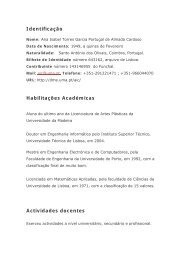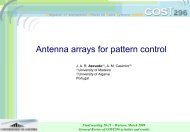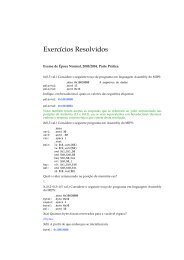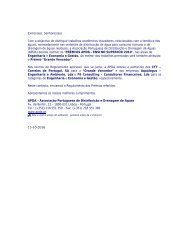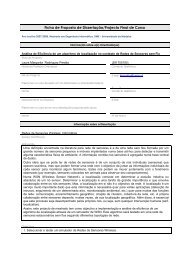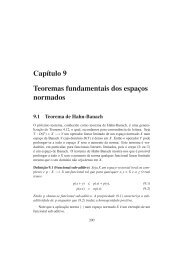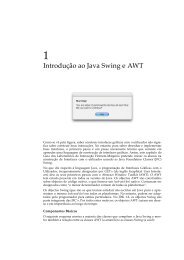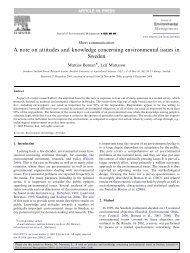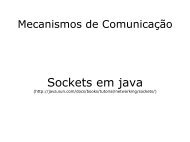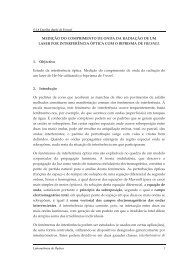Memory, thinking and language.pdf
Memory, thinking and language.pdf
Memory, thinking and language.pdf
Create successful ePaper yourself
Turn your PDF publications into a flip-book with our unique Google optimized e-Paper software.
30<br />
Evaluation of conceptual models<br />
Within psychology, hierarchical networks, list of defining <strong>and</strong><br />
typical features <strong>and</strong> prototypes have been thought of as rival<br />
models of how concepts are stored in human memory. However,<br />
it seems likely that our minds are much more untidy than any of<br />
these models, allowing us sometimes to exploit the cognitive<br />
economy of hierarchies of biological categories; sometimes to<br />
identify the defining attributes of mathematical <strong>and</strong> scientific<br />
concepts; sometimes to trade on similarities between features;<br />
other times to use everyday knowledge about typical dogs<br />
<strong>and</strong> what tables are used for. As Roth (1986) pointed out, the very<br />
same object can be classified differently, depending on the<br />
circumstances, a dog as my pet Fido or as a member of the canine<br />
species.<br />
However, a word of warning. Despite the optimistic tone of the<br />
last paragraph, there are several so far quite unresolved issues. It<br />
simply begs the question to say that humans are capable of<br />
multiple categorizations of objects, as <strong>and</strong> when required. Is a<br />
st<strong>and</strong>ard lamp infinitely classifiable as an untypical example of<br />
furniture, a piece of electrical equipment, a fire risk, a weapon, a<br />
work of art, <strong>and</strong> so on It is ironic, perhaps, that one of the most<br />
common tests of creativity is to ask people to list as many uses as<br />
they can think of for objects like bricks <strong>and</strong> st<strong>and</strong>ard lamps.<br />
Another dilemma for all category-based models is that<br />
identification of an object as a dog or a cup seems to rely on<br />
knowledge of general categories; yet each object we encounter is<br />
an individual example. It is not often, after all, that we have to<br />
verify in the abstract whether All elephants are mammals or A<br />
sharkis a bird, or are asked to list the attributes of all tables, or all<br />
apples. What people need to know is the best way of dealing with<br />
individual elephants, whether they are encountered in a zoo, or<br />
charging around on a safari. It is difficult enough to decide<br />
whether all poodles are dogs. But what about the even more<br />
idiosyncratic features of individual objects, like my pet dog Fido,<br />
who is yellow, has no tail, <strong>and</strong> can sing<br />
In the course of daily life, one may come across a one-legged<br />
chair; most st<strong>and</strong>ard lamps also have one leg. Yet it is really<br />
unlikely that people confuse chairs <strong>and</strong> lamps. More important<br />
than the perceptual features, so popular with psychologists, are<br />
the functions of objects. Tables are for eating off <strong>and</strong> writing on,


